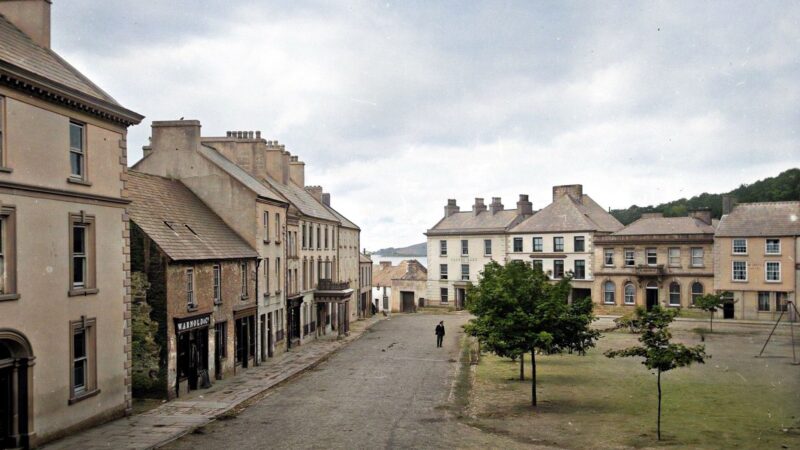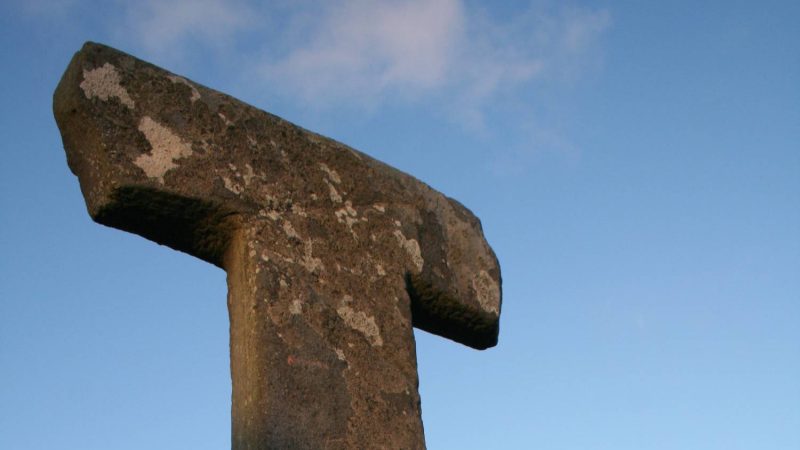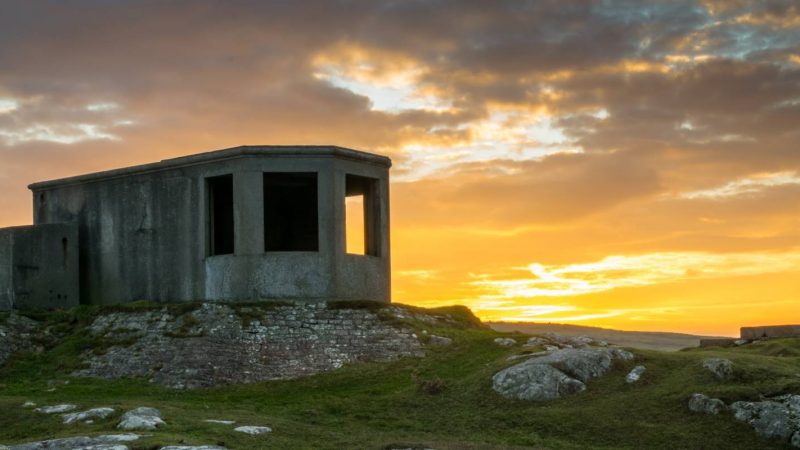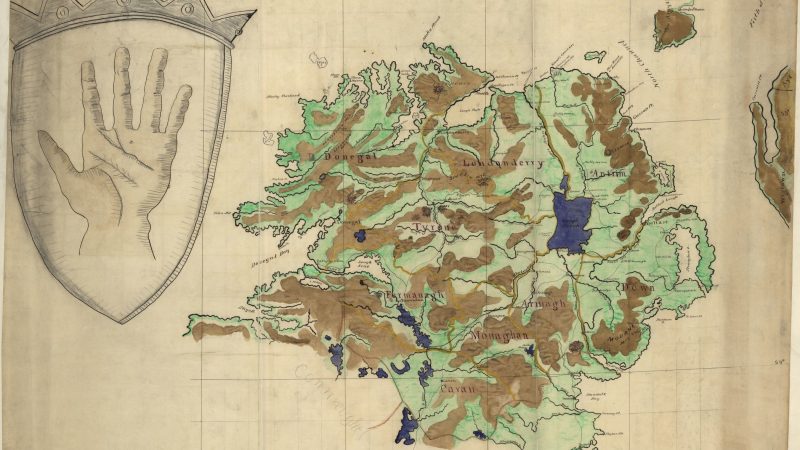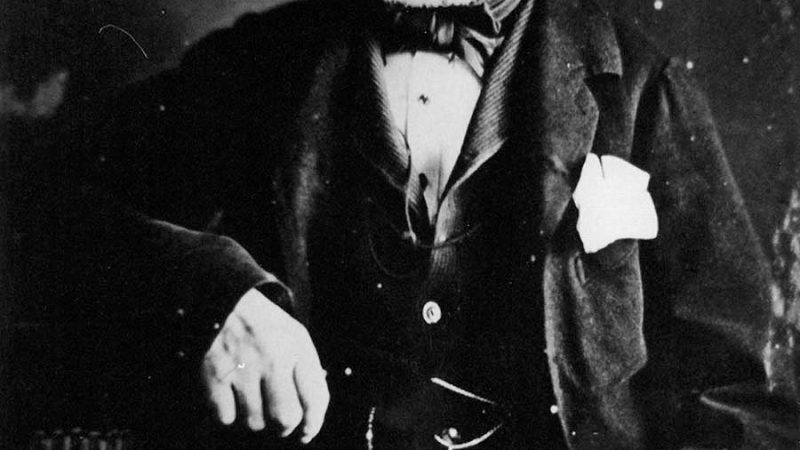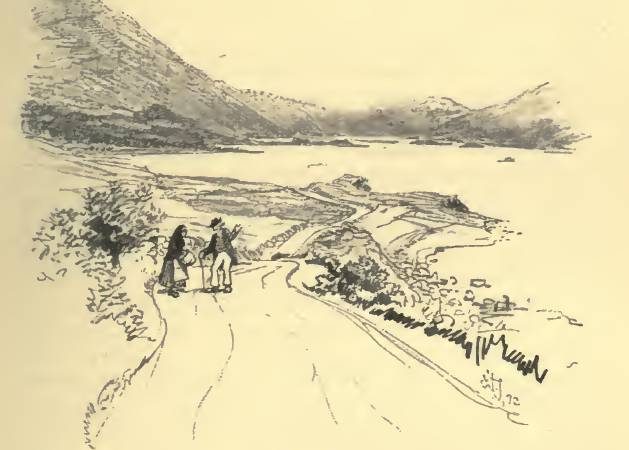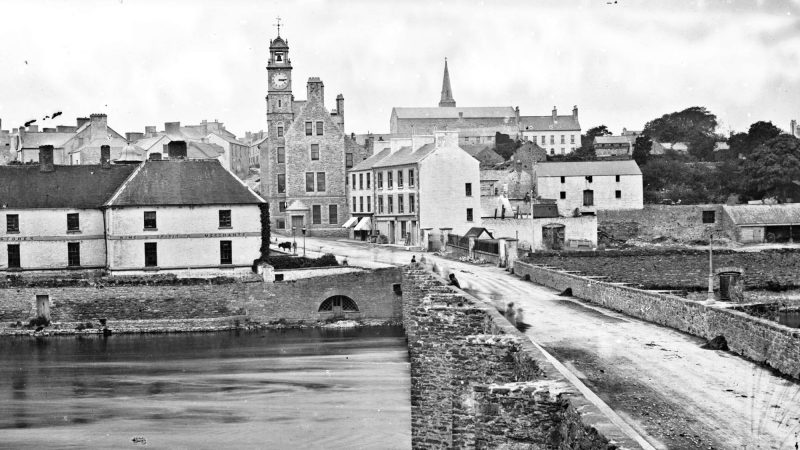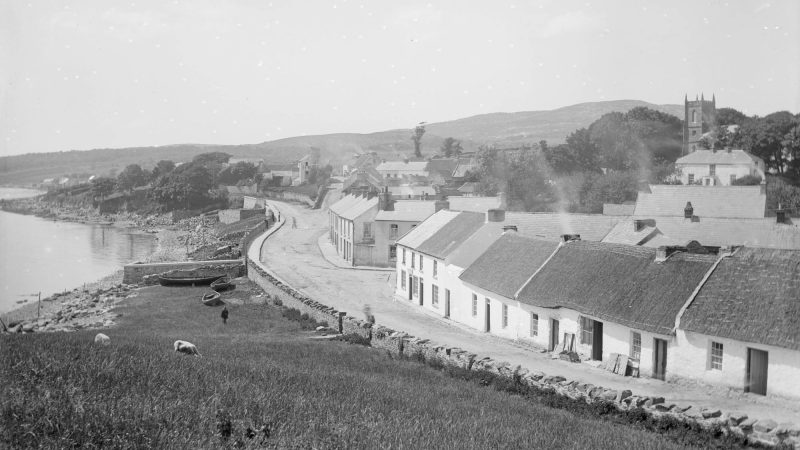Nestled at the mouth of Donegal Bay, with the Blue Stack Mountains as its backdrop, Donegal Town stands as a reminder of Ireland’s rich and complex history. From its early Gaelic settlements and Viking invasions to its prominence as the seat of the powerful O’Donnell clan, through periods of English control, famine, and modernization, Donegal Town has...
